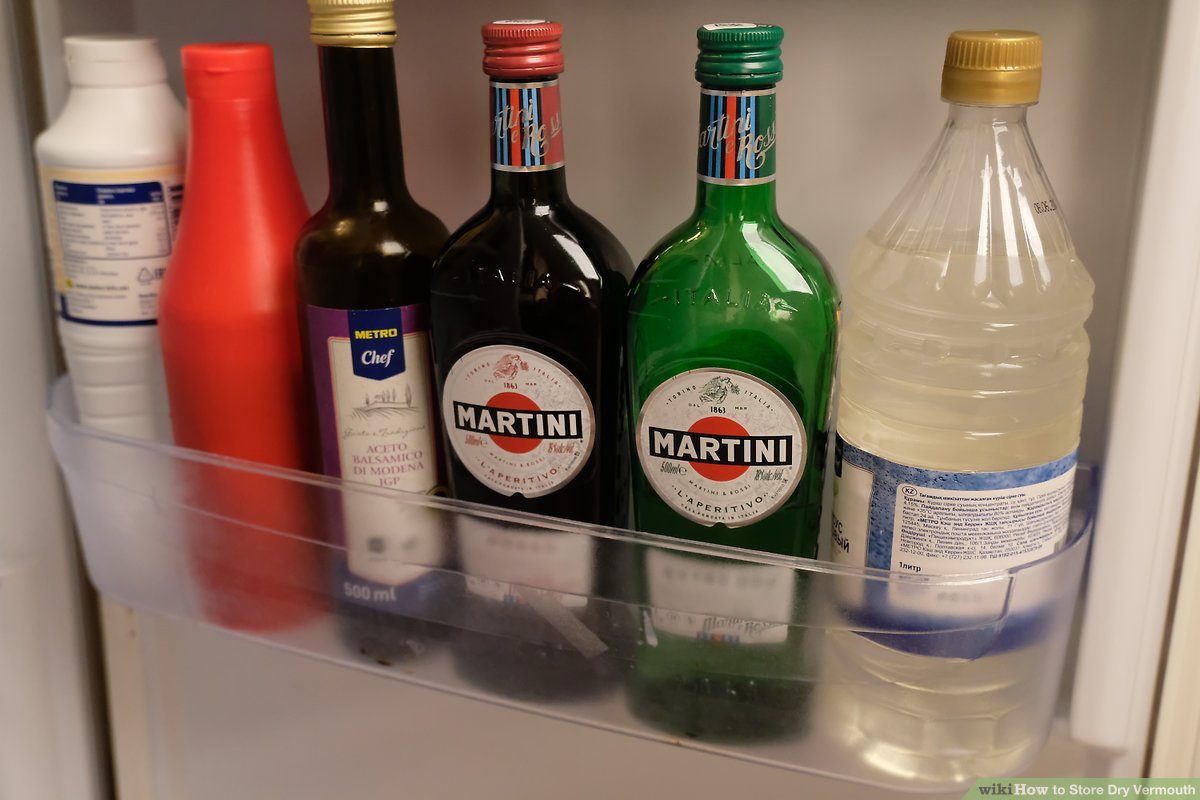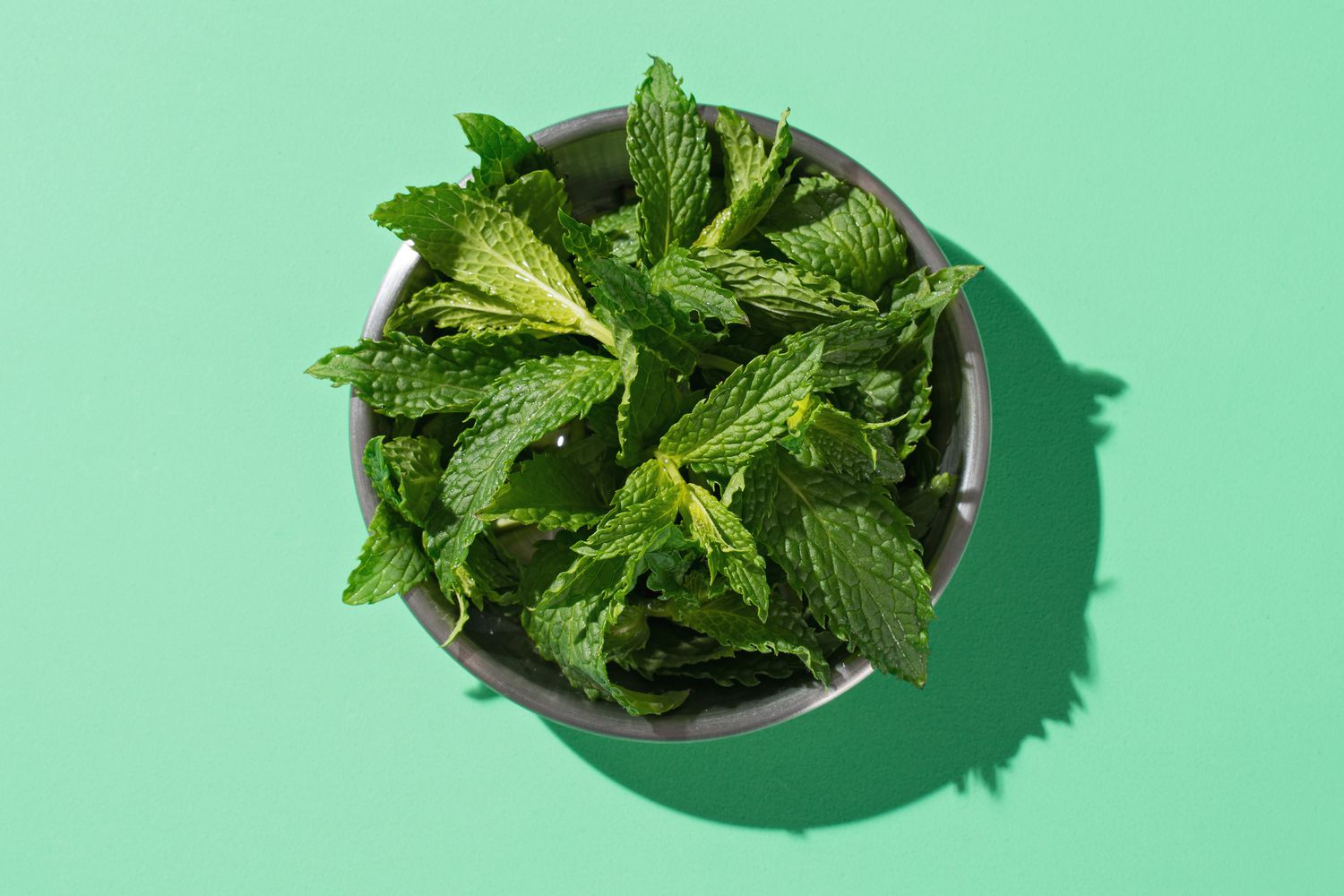Does canola oil go bad? Your guide to storage and shelf life
– Canola oil has a shelf life of up to two years when unopened and stored in a cool, dark place.
– Once opened, canola oil can last around 6-12 months under the same storage conditions before going bad.
– If there is a “best-by” or expiration date printed on the canola oil, it can still be used even several months past that date if it is sealed.
– Signs that canola oil has gone bad include an “off” smell, turning brown or black, and having a taste that is not neutral.
– Using canola oil after it has gone bad is unlikely to cause harm health-wise, but the food made with it may taste “off”.
– Storing canola oil in a cool, dark place away from sunlight or heat sources is best. It should be tightly sealed at all times.
– Refrigerating canola oil after opening does not significantly increase its shelf life.
– Freezing canola oil is not recommended as it can negatively impact its structure.
– Canola oil can still be used past its expiration date if it was sealed and there are no signs of it going rancid.
– If the canola oil does not smell or taste good, or has darkened in color, it should be discarded.
– Consuming old canola oil may cause discomfort, but serious illness is unlikely.
– Canola oil should be stored in a cool, dark place away from sunlight or heat sources, and tightly sealed.
– Refrigerating canola oil after opening does not significantly increase its shelf life.
– Freezing canola oil is not recommended.
– The shelf life of opened canola oil is 6-12 months at room temperature or in the pantry.
– The shelf life of sealed canola oil is up to 2 years at room temperature or in the refrigerator.



